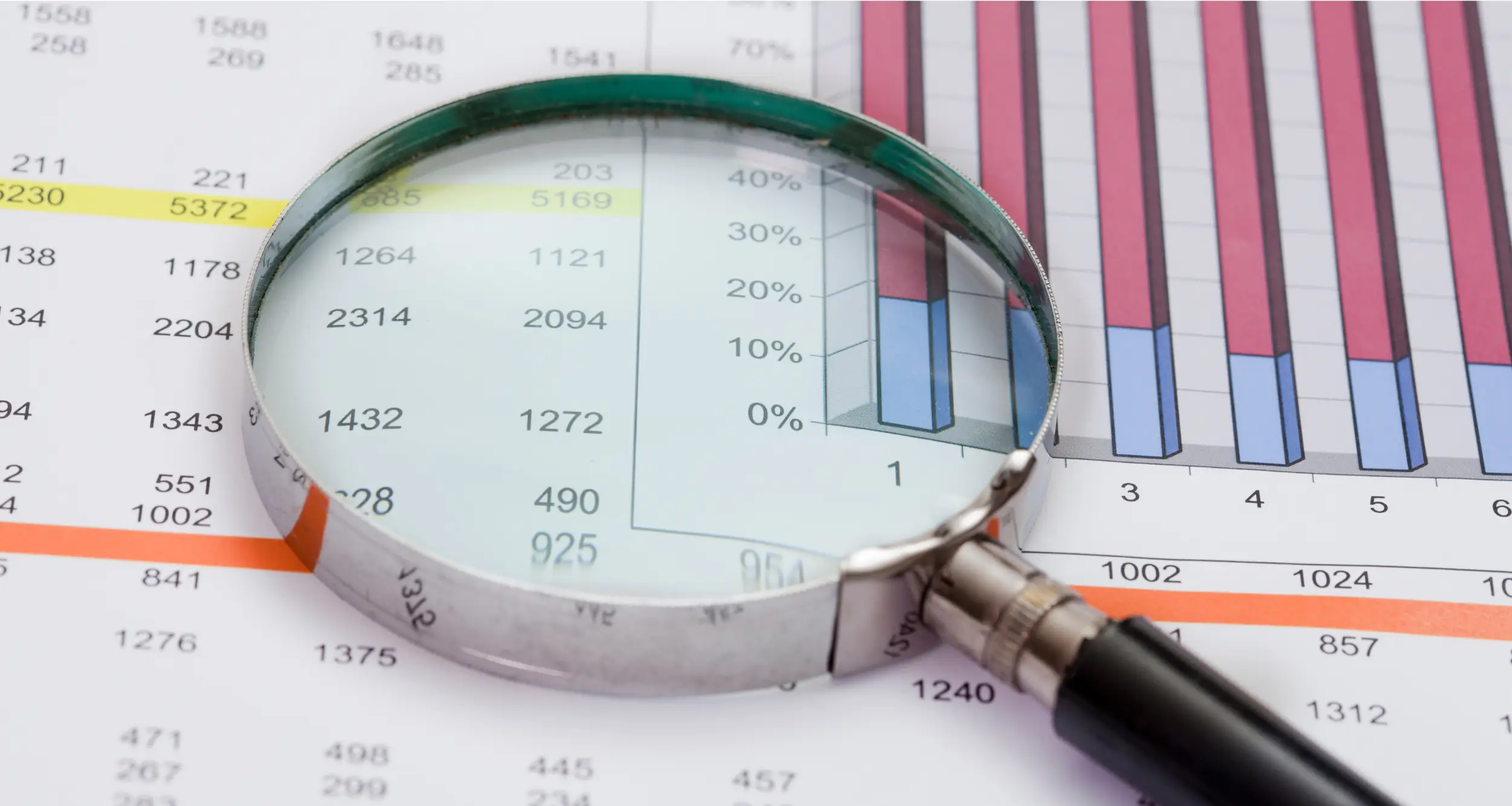Health Economics Modeling
Health economics modelling, in other words HEOR modeling, is an essential tool that is used for demonstrating the comprehensive value of pharmaceutical products or medical devices to key stakeholders including healthcare providers, payers, and policymakers. Health economic models assess not only the clinical efficacy and safety of products but also their economic advantages over existing alternatives. By providing a thorough analysis of the potential financial, clinical, and societal impacts of adopting new technologies or medications, HEOR modeling helps all stakeholders make informed decisions, especially on product adoption and reimbursement. This article explores the principles and applications of health economics modeling, emphasizing its critical role in the strategic positioning of pharmaceuticals and medical devices in the market.
The Role of Health Economics Modeling
Health economics models serve multiple crucial functions in the healthcare industry and they primarily focus on cost-effectiveness analysis, budget impact analysis, and economic evaluation of new health technologies compared to standard of care or competing interventions. By integrating clinical outcomes with economic data, these models offer a structured framework to evaluate which products deserve support and reimbursement based on their value.
Cost-Effectiveness Analysis (CEA)
Cost-effectiveness analysis is a foundational component of health economics modeling and it’s used extensively by both pharmaceutical and medical device companies. CEA’s evaluate the costs and health effects of a new medical intervention against existing standards of care. The results are often quantified in terms of cost-per-quality-adjusted life year (QALY) gained or saved. A product is deemed cost-effective if the cost per QALY is below a predefined threshold, which could be different for each country and healthcare system.
For example, pharmaceutical companies can utilize CEA to demonstrate how a new drug can offer superior outcomes at a reasonable incremental cost. For medical device manufacturers, it is essential to show that a new device can enhance outcomes without significantly increasing costs. Cost effectiveness analyses are pivotal for reimbursement negotiations and developing market access strategies, as payers require solid evidence of cost-effectiveness before agreeing to reimburse new treatments.


Budget Impact Analysis (BIA)
While CEA’s focus on the long-term value of medical interventions, budget impact analyses provide a short-term financial perspective. BIA’s estimate the economic impact of adopting a new health technology within a specific healthcare budget over a certain period of time. These analyses are crucial for decision-makers who manage healthcare budgets, such as insurance companies and hospital administrations, as it allows them to assess the affordability and financial risks associated with new interventions.
For manufacturers, BIA’s are strategic tools in pricing discussions and market access strategies. Demonstrating that a new product can be accommodated within existing budgets typically allows for quicker adoption and broader uptake of their innovations.
Impact on Healthcare Decisions
HEOR modeling significantly impacts healthcare decisions by providing a clear view of the cost and benefits associated with new treatments. If a new oncology drug is shown to be cost-effective, it can become the preferred treatment over less effective options, thereby improving patient outcomes and optimizing healthcare expenses. Similarly, if a new medical device offers significant improvements in quality of life without additional costs, it might quickly become the standard of care.
Value to Healthcare Systems
The contributions of HEOR modeling extend beyond individual product evaluation as it influences broader decisions within healthcare systems. By demonstrating how new treatments can improve health outcomes or save costs, HEOR models support strategic planning and policymaking in healthcare. These analyses ensure that investments in health technologies are both effective and efficient, promoting the best possible use of resources while enhancing patient care.
HEOR modeling is becoming more and more important as healthcare systems around the world shift towards value-based care models. In these models, reimbursement is tied to the value that a product provides, which includes patient outcomes, quality of life improvements, and overall cost savings to the healthcare system. As such, health economic models provide crucial data that helps shape the development of policies and practices that aim to maximize the health benefits per dollar spent as an example.
In conclusion, health economics modeling is a crucial element of the value proposition for pharmaceutical and medical device companies. By showcasing cost-effectiveness and budget impact, these models provide help in shaping reimbursement decisions and facilitating market access. As the focus within healthcare continues to evolve towards improving value and efficiency, the role of comprehensive, transparent, and robust HEOR modeling becomes even more critical, ensuring that new innovations not only deliver superior health outcomes but also contribute to the economic state.
Try Online Health Economic Model system

Have Questions?
Please complete the form below to contact us for more information

